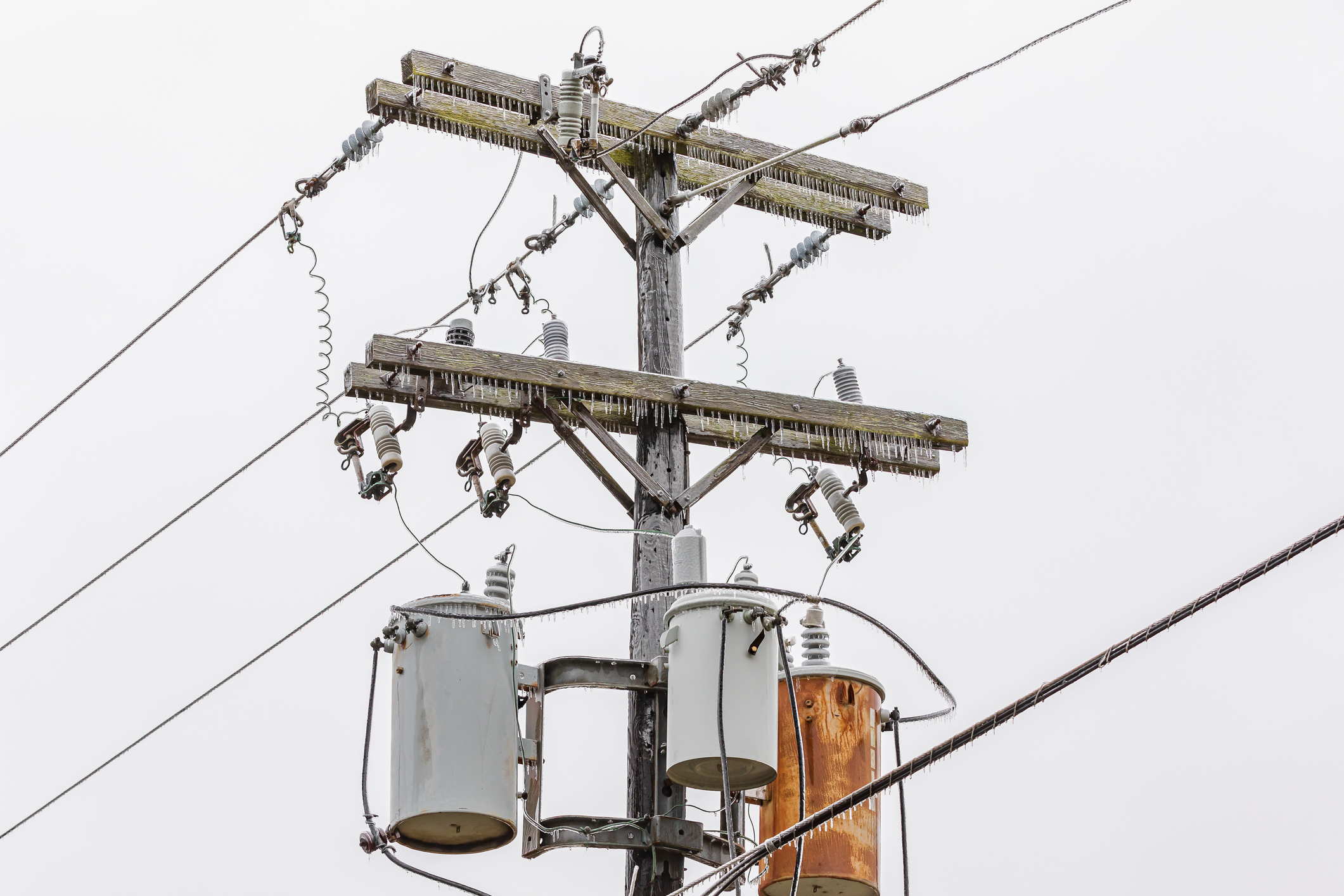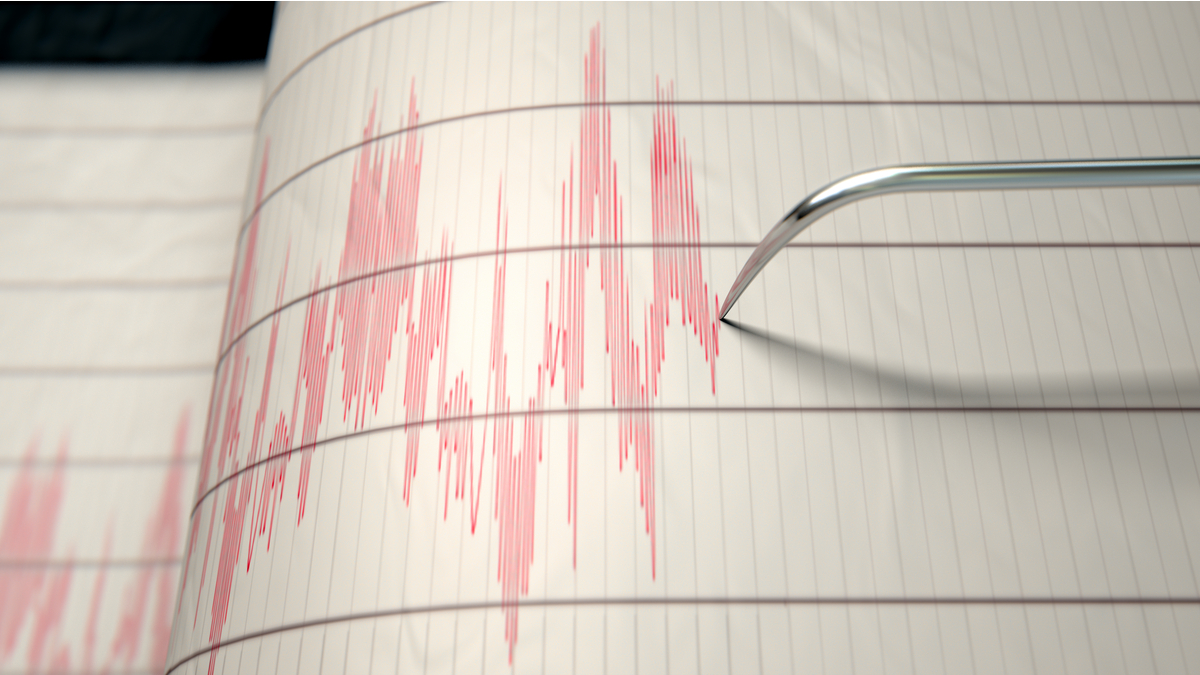The roughly $6.5 billion Washington spent last year alone to make air travel safe from terrorists is not the only expense being shouldered by taxpayers. There are lesser-noticed costs that factor into the total bill, according to a new report from the Santa Monica-based think tank RAND Corp.
Among those additional costs are state and local police placed at airports, the amount of time spent by travelers to pass through long security lines and the economic impact of new counterterrorism mandates placed on private corporations.
Bruce Schneier, a security expert and longtime critic of the Transportation Security Administration, said businesses have an incentive to consider such costs, such as cash-register wait times and how much consumer loyalty would be lost by installing security cameras in dressing rooms. But, he said, government officials are afraid of the political consequences of a terror attack occurring after a seemingly wasteful or controversial security measure was removed.
"Businesses do it all the time," Schneier said of cost-benefit analyses. "Why should the TSA be any different?"
Patience from the public could wear thin as authorities pile on layers of security for each new threat that emerges, according to the report, which was done by RAND’s Homeland Security and Defense Center.
“More complete understanding of the costs and benefits of security measures is needed,” the report concludes. “Only with clear understanding of what security measures truly cost and what we get when we buy those measures will it be possible to get close to the efficient security we must aspire to in a world of finite resources and many varied policy areas that demand funding and attention.”
The magnitude of risk that terrorism poses to the aviation industry never has been well understood, according to the report, so it’s difficult to determine how successful one security measure is over another. It’s also difficult to know how much the additional security officers, costly baggage screening machines and controversial X-ray body scanners have meaningfully contributed to improved safety, or whether some other factor played a role that was never considered.
Local
Despite a shortage of data to inform security investments, such as clearly being able to predict future attacks, it’s still possible to develop a formula that considers historical threats and known attack methods, researchers found. Even a cost-benefit analysis that relies on estimates can help in comparing one security measure to another before major investments are made.
“Though the security strategy of combining many types of security measures into a ‘layered defense’ has been accepted doctrine for many years,” says the report, “many analyses of that strategy have not fully explored how different layers interact with one another to deliver a net protective posture for the aviation system.”
It also remains difficult to determine just how much Americans are paying for airline security beyond the $6.5 billion spent annually by the Transportation Security Administration. But RAND experts point to a number of examples.
The police department at the Los Angeles World Airports, which owns and operates three airports in the L.A. area, had a 2010 price tag of $100 million. A 2006 total for the Port Authority of New York and New Jersey, which operates the region's major airports, climbed to more than $450 million. The International Air Transport Association estimated in 2002 that costs to the airline industry for security reached into the billions of dollars. Researchers complained about a shortage of reliable spending data, but it’s clear that additional overlooked costs are substantial, they argued.
“Because of the number of travelers that use the system in a given year,” the report says, “estimates combining even modest wait times with reasonable values for business and leisure travelers’ time can produce values in the billions of dollars for that less-tangible cost alone.”
View this story on California Watch
This story was produced by California Watch, a part of the nonprofit Center for Investigative Reporting. Learn more at www.californiawatch.org.



